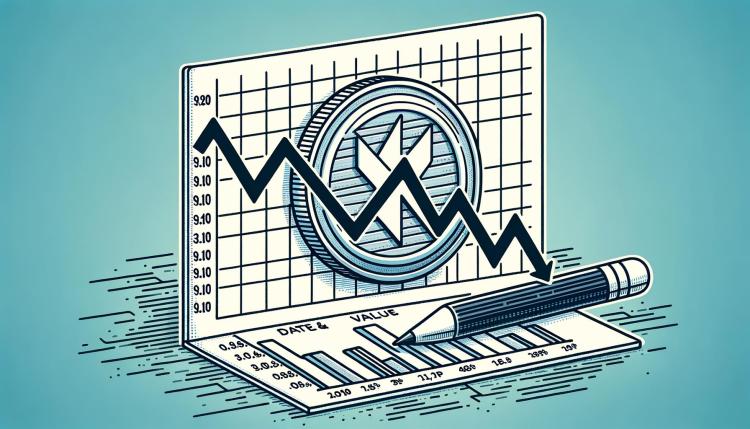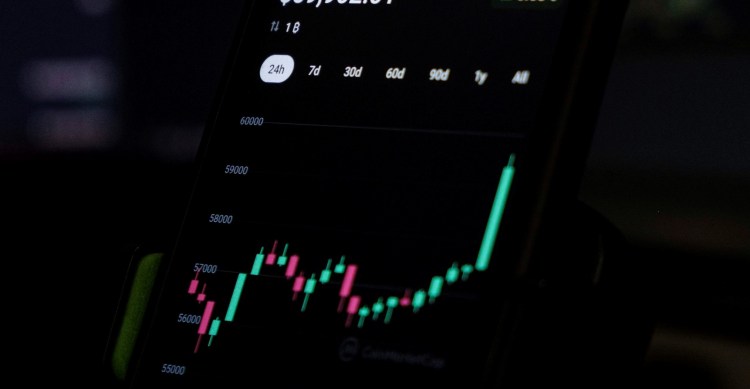Bolivia has moved to bring stablecoins into its formal banking system, a shift that could change how people save and pay for things in the country. Banks will be allowed to offer accounts, custody and payment services tied to stablecoins such as USDT, government statements and local reports disclosed.
The move follows a sharp rise in crypto use as people seek ways to hold dollar-pegged value amid currency pressure.
Banks To Offer USDT Accounts
Reports have disclosed that Economy Minister Jose Gabriel Espinoza announced the change, and at least one lender, Banco Bisa, has already begun offering custody and transfer services for USDT.
Based on reports, crypto transactions in Bolivia jumped dramatically last year, with some counts showing growth of more than 500% and figures putting crypto activity at $294 million in the first half of 2025. Those numbers have pushed regulators and banks to respond more directly.
BREAKING:
Bolivia to integrate Bitcoin and crypto into its financial system, starting with stablecoins pic.twitter.com/Qb0Tj7pern
— Bitcoin Archive (@BitcoinArchive) November 26, 2025
Everyday Payments And Savings
People and businesses are reportedly testing USDT for real payments. Some shops and service providers have shown prices in USDT, and certain sectors — such as car dealers and firms handling imports — are said to be accepting stablecoin payments for some transactions.
According to market observers, the change is partly a response to shortages of physical US dollars and to rising costs that make the local currency less stable for saving. Banks will be able to create savings products denominated in stablecoins, and may offer loans or payment options tied to them.
Cross-Border Transfers And Remittances
Based on reports, one obvious use will be cross-border transfers. Stablecoins can offer a dollar-pegged option when access to actual US dollars is limited.
That could help businesses that buy fuel or other imports and families that receive money from abroad. Still, practical hurdles remain: many people are unbanked or lack easy internet access, and broad adoption will take infrastructure, training and clear consumer protections.
Regulatory Limits And Risks
According to analysts, the government’s plan does not make stablecoins legal tender in place of the boliviano. Rather, it lets regulated banks provide crypto-linked services under the financial system.
That means accepting USDT will likely stay voluntary for merchants. There are also risks to watch: stablecoin liquidity, custody safety, and how well banks manage anti-money-laundering rules. Consumer education and stronger oversight will be needed to protect ordinary users.
What Comes Next
Several months of rollout and pilot programs are expected, and observers will be watching transaction volumes and how many banks and businesses sign on.
If the system grows, Bolivia could become an example for neighboring countries facing similar currency stress. But the deeper economic problems that pushed people to crypto — inflation and limited dollar access — will still need government solutions beyond new payment rails.
Based on current reports, the change is a clear policy shift toward regulated crypto use in everyday finance. It is small steps now, but they may matter a lot to people trying to keep their savings stable and move money across borders.
Featured image from Pexels, chart from TradingView





















+ There are no comments
Add yours